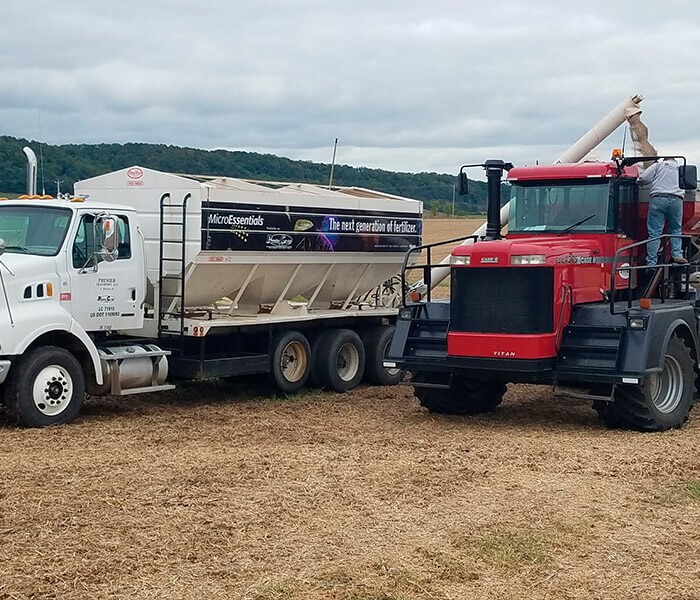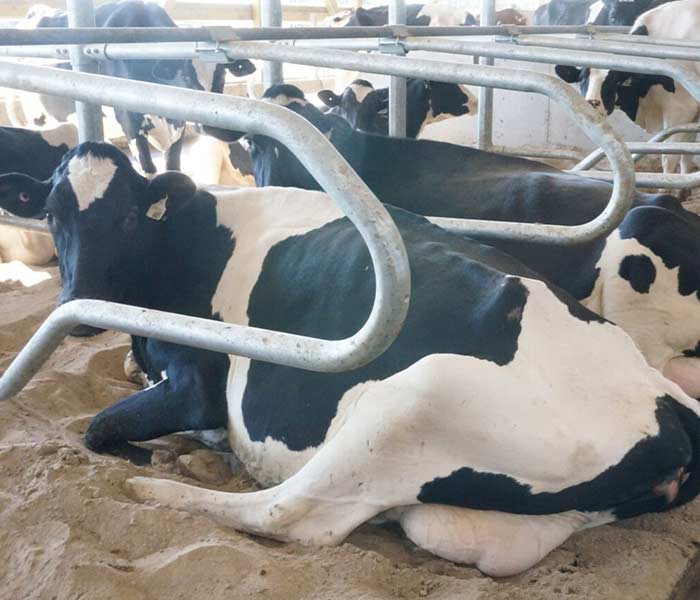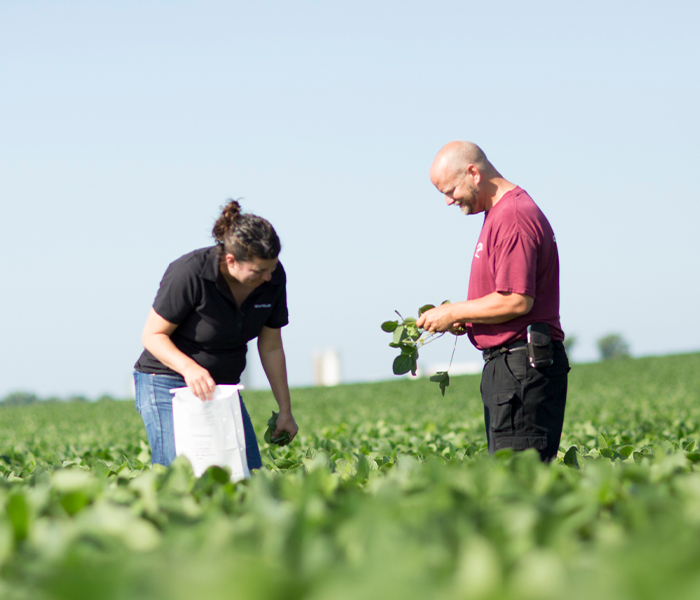Transition Diets & Feed Additives
We often focus on the ROI of additives in lactating cow diets as they are the ones currently earning their keep, but without a smooth transition period, they cannot reach their potential. Two of the most important metabolic shifts that occur at calving are calcium and fat mobilization to support milk production. Clinical milk fever is relatively easy to identify, but subclinical milk fever is a pervasive, and often unrecognized problem. Low calcium impacts muscles, the immune system, and the digestive system. The high prevalence of subclinical ketosis has also gotten a lot of attention in the past few years with the introduction of reliable cow side blood testing capabilities and the recognition of the associated decreased milk production. Today, we have research proven feed additives (ex. negative DCAD, choline) to help alleviate these metabolic issues and provide a good ROI to the farm.
Negative DCAD diets for dry cows have been shown to reduce both clinical and subclinical milk fever and often result in increased early lactation milk production. While utilizing a negative DCAD diet requires some monitoring of urine pH to ensure that the degree of acidification is correct as forages change, it is relatively quick and easy. Many years ago, negative DCAD diets were not palatable and decreased intakes, but that is no longer a concern with the products that are available today.
Recently another product that decreases milk fever, a calcium binder, has come onto the market. Rather than acidifying the cow so that her receptors are better able to recognize low blood calcium like a negative DCAD product does, it binds the calcium in the diet so the cow must start mobilizing calcium to meet her needs since the dietary calcium is unavailable in her intestine. This product also binds other minerals, so should not be fed for a long period of time and does not work in all management systems (ex. 1 group dry cow). On the plus side, it does not require urine pH monitoring. Research on this product is ongoing to better understand the interactions it may have with other dietary nutrients and whether it improves early lactation milk production.
A lot of research has been devoted to prevention, identification, and treatment of ketosis in the past few years. While fat cows are at the greatest risk due to increased fat mobilization, liver health is one of the most important determinants in whether a cow experiences ketosis or not. One of the main influencers is the liver’s ability to export fat, thus preventing fatty liver. Two nutrients that impact this are choline and methionine. Just like with the products discussed above, these two nutrients must be fed prepartum to have their full effect on preparing the cows’ metabolism for lactation. By the time that the cow reaches calving, she has already started to deposit fat in her liver, so simply adding these nutrients to the lactating diet is not sufficient to alleviate that stress to the liver.
In summary, while they may be expensive, ensuring that your cow’s metabolism is set up correctly to take off running when she calves is of the utmost importance. The cost of those additives is easily repaid by better early lactation and peak milk that are achieved with a decrease in metabolic disorders during the transition period. Reach out to your Premier nutritionist today for more information on transition diets, and how additives can bring positive returns on your farm.

Kristina Weld, M.S., Ph.D
Purina Animal Nutrition



